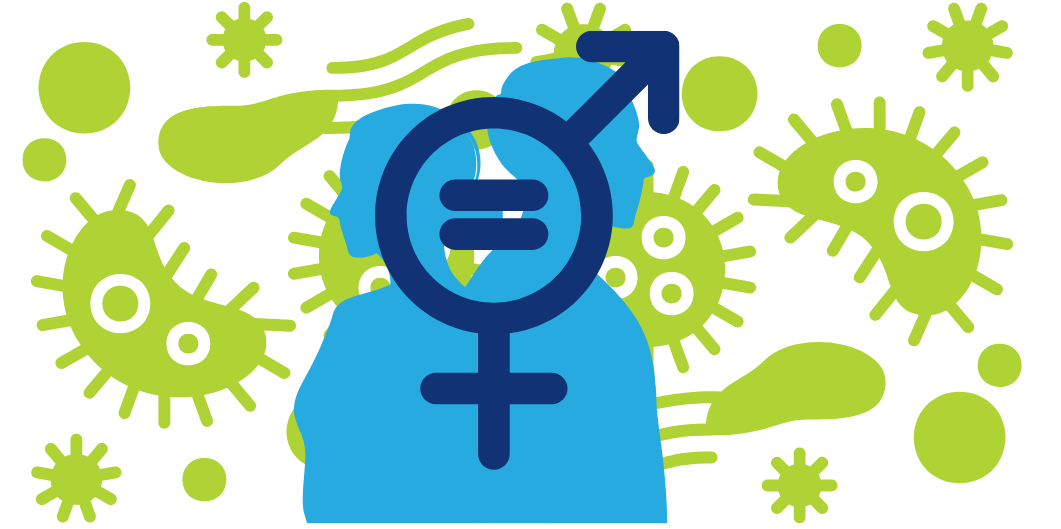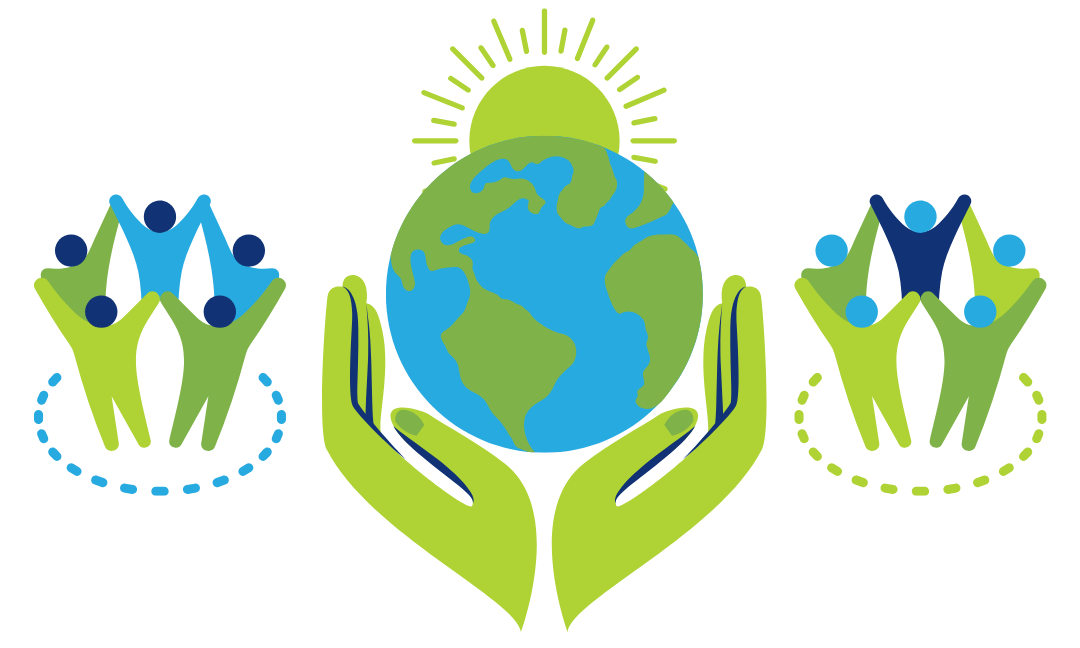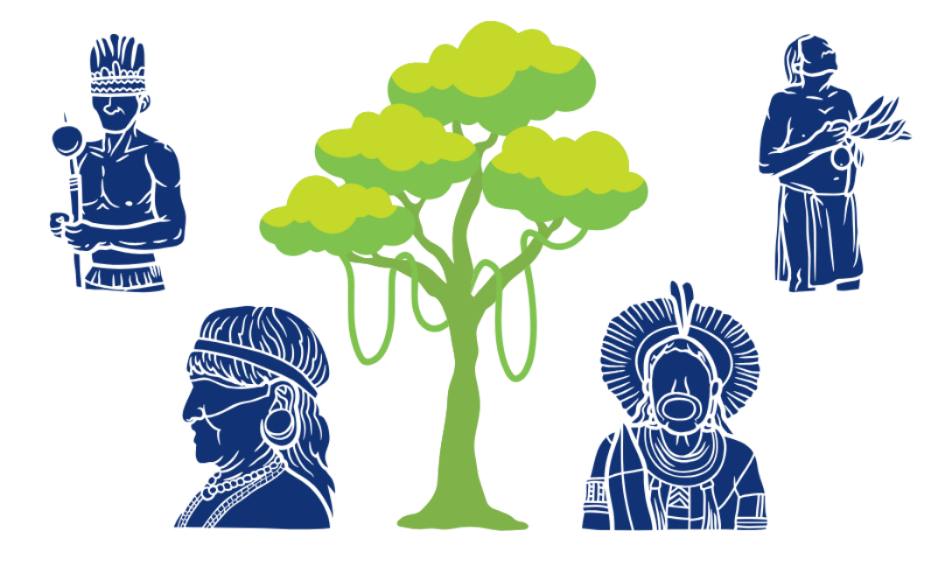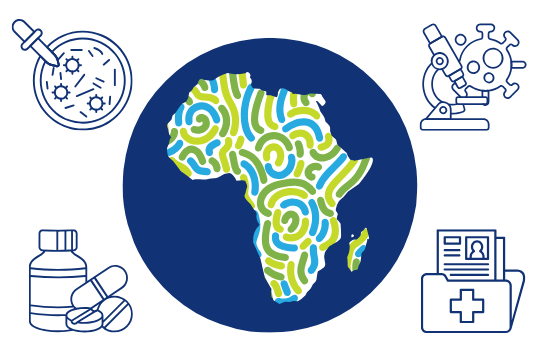
Antimicrobial resistance is one of the biggest threats people worldwide are fighting – sometimes without even knowing it’s a threat. But germs that have evolved to resist the effects of the drugs used to fight them directly kill more than a million people a year, and they’re a factor in the deaths of close to a million more.
Women are far more likely to be infected with and then spread these drug-resistant superbugs.
In this episode of One World, One Health, Dr. Deepshikha Batheja, an economist and postdoctoral fellow at the One Health Trust, chats with Maggie Fox about the effect of gender inequality on the spread of superbugs. Research has shown that women are 27% more likely than men to be given antibiotics, and Dr. Batheja is researching why that might be – and what can be done about it.
Maggie Fox 00:00
Hello and Welcome to One World, One Health — a place to talk about the latest ideas to improve the health of our planet and its people. I’m Maggie Fox. Planet Earth faces many challenges — pollution, climate change, and new and reemerging infectious diseases. And they’re all linked. This podcast is brought to you by the One Health Trust with bite-sized insights into ways to help.
In this episode, we’re chatting with Dr. Deepshikha Batheja, an economist and postdoctoral fellow at the One Health Trust. Women are more likely to be prescribed antibiotics than men are. And this in turn makes women more susceptible to antibiotic-resistant bacteria, what many people call superbugs. Deepshikha has found there are lots of different reasons for this. And that’s what we’ll break down in this episode. Deepshikha, thanks so much for joining us.
Deepshikha Batheja 00:56
Thank you for inviting me. It’s my pleasure, Maggie.
Maggie Fox 00:58
So, first off, Deepshikha, can you tell us about how you know women are at higher risk?
Deepshikha Batheja 01:05
So, we know that women are at a higher risk of AMR (antimicrobial resistance) because of the nature of work that women do, because of gender norms, because of biology, and because of several other factors which govern women and their lived experiences. There’s also some evidence showing that women in their lifetime get prescribed 27% more antibiotics than men do. According to my own data analysis, I find from U.S. outpatient prescription data, I find that in some states in the U.S., women were prescribed around 40% more antibiotics than men did, which one would say is pretty high.
Maggie Fox 01:40
That’s a huge amount. So, by AMR, what you mean is antimicrobial resistance. That’s, that’s not just the drug-resistant superbugs — the bacteria that resist antibiotics. This refers to all sorts of things like viruses that resist the effects of antiviral drugs as well. Is that right?
Deepshikha Batheja 01:58
Yes, absolutely.
Maggie Fox 01:59
Is this because women behave differently from men? Or is it because women’s circumstances are different?
Deepshikha Batheja 02:09
Women’s circumstances and choices are different, which leads to higher antibiotic consumption. Gender norms or patriarchal norms have a lot to do in defining women’s circumstances. You know, as we all know, gender refers to socially constructed characteristics of women and well, men, and is different from sex which is assigned at birth.
Throughout their life course, women face restrictive gender norms, which influences their decision-making, well-being, and makes them more vulnerable to AMR. For example, there’s deep rooted some preference, particularly in traditional countries, such as India, where families prioritize healthcare and treatment of boys over girls. Women also have less health information. So, across many poor countries, women are like 20% less likely to own data-enabled smartphones, they have less access to smartphones and internet to seek health information.
Women also have less decision-making power at home, and which is stemming from women having less earned income. So globally, only 46% of adult women participate in the labor force compared to 76% men. And we know health is costly. So, if women don’t have earned income, they cannot access health. So overall, women have less access to healthcare, less information about health, which leads to them having different choices and circumstances compared to men in health seeking and health behavior.
Maggie Fox 03:26
Okay, I’m really intrigued by what you said about people favoring the health of boys over girls. Because intuitively, what you might think is, well, if women get more antibiotics, they’re getting more healthcare. So, if you’re favoring boys over girls, how does that lead to girls and women being prescribed more antibiotics inappropriately?
Deepshikha Batheja 03:49
So, you’re right that women do access healthcare more and get more antibiotics prescribed. So, why is it, why is this a concern? Well, so I did some data analysis using the U.S. outpatient prescription data and I find that states which had more adverse gender norms, that is states with the lower representation of women in state legislatures, also had higher gender differences in antibiotic prescriptions among women and men.
So, it seems like gender norms do have a role to play here. And this is just in the U.S. So, imagine what is the scenario in developing countries or poorer countries where there are more deep-seated gender norms.
Maggie Fox 04:30
So, it sounds like physicians are treating women differently.
Deepshikha Batheja 04:34
Yes, it does seem that physicians are treating women differently. And there’s evidence to show this. There’s some evidence from Netherlands which shows that female general practitioners prescribed less antibiotics and less often than male general and practitioners, especially to female patients. This is going to have a negative impact on women because this will not just lead to higher exposure to infection, but it will also increase their risks during pregnancy, childbirth, menstruation, and abortion, and they’re also then more likely to transmit this antimicrobial-resistant bacteria to other people.
So, we have to put a face to this issue of AMR. And we need to talk about women and other vulnerable populations, such as racial minorities or cast minorities, and study how this double burden of vulnerabilities impacts women and their lived experience with AMR.
Maggie Fox 05:30
Okay, now you touched on something that I wanted to ask you about is the biology of women a factor and it sounds like women are just having more healthcare encounters because of their roles as in pregnancy and their reproductive life.
Deepshikha Batheja 05:44
Certainly, women go to the doctor more often than men do in their lifetime, especially in the reproductive years between ages of 15 and 44. And women, therefore, have higher exposure to infection in hospitals and otherwise during pregnancy, childbirth, menstruation, and abortion. And women also face a greater risk of contracting urinary tract infections, gonorrhea, and other diseases.
So, women, women’s biology does put them at a higher risk of AMR. Women’s low level of nutrition also impacts them being more prone to infections. So, for example, in India, according to recent data, 57% of women are anemic, so they have less nutrition levels than men do. So, that means that they are at higher risk of catching an infection.
Maggie Fox 06:30
And, of course, all over the world, women are very willing to let the kids eat first too. They feed their children. Women are the last to eat in any society and culture.
Deepshikha Batheja 06:38
Absolutely. Absolutely.
Maggie Fox 06:41
Deepshikha, what is it that you think’s going on? Why are physicians treating women differently?
Deepshikha Batheja 06:46
This question is of deep interest to me. And to study this question, I’m actually collaborating with a faculty from Imperial College of London, Esmita Charani, who is also working on AMR and gender. We are going to be getting data from hospitals in India and South Africa. And we are going to be probing this question and looking more deeply on this issue of gender and AMR.
I will also supplement it with a questionnaire to address to seek responses from doctors on their gender attitude, and on their understanding, and so, I think understanding of female anatomy to be able to probe this question more.
Maggie Fox 07:22
Because you can’t just assume that you know, what’s going on? It’s not always common sense. You need the data to find out.
Deepshikha Batheja 07:29
Absolutely. And that’s what, that’s what good researchers do. And that’s what we intend to do here at One Health Trust.
Maggie Fox 07:35
So, what can people do now who are women living in the world, men living in the world? Being aware of this problem, what can you do about it as an individual?
Deepshikha Batheja 07:46
We can start with training doctors and address the gender bias to lower the antibiotic usage among women. And that’s the first step to this problem. The second step I think, is collecting and building gender disaggregated data on AMR with social predictors so that we understand this issue more deeply.
Because right now, it’s a very under-researched and unexplored area. We also need to leverage digital technologies, local community health workers, and get more gender disaggregated data also supplemented with more qualitative research to study these problems more deeply.
Maggie Fox 08:20
When you say gender disaggregated data, what do you mean by that?
Deepshikha Batheja 08:23
So right now, a lot of the data on antibiotic prescriptions, antibiotic consumption does not have a column which says, okay, this data, this is for men or for women. So, if we just have all the data that we have on AMR, if we can just have a gender disaggregated or by gender of the patient, it would really help us. Gender of the doctor, gender of the patient, you know, so it can help us study in more detail whether or probe it more whether gender does impact AMR.
Maggie Fox 08:53
So, in other words, you pay attention to gender when you’re doing these studies and break out that data.
Deepshikha Batheja 08:59
Yes, absolutely. So, any data collection that we do, we should collect information on people’s socio-economic characteristics, so that we can understand who is more vulnerable to AMR. So, gender is one component, race is another, cast is another.
Maggie Fox 09:15
Deepshikha, what does the structure of power have to do with this?
Deepshikha Batheja 09:19
That’s a very good question, Maggie. I think I’m generally interested in studying how power structures impact us, and how gender, racial, caste equality can be achieved. And when I joined One Health Trust and got to know about this silent pandemic called AMR, my initial question was, whether the impact of AMR is same for everyone. What is the face of AMR? And these power structures creep into our lives, and we don’t even know how it changes our behavior and perception to things and our healthcare and health seeking behaviors.
So, gender norms are one aspect of this power structure, but there are other aspects as well, such as income and cast and race. So, I think we need to study gender intersection or with the lens of all these other power structures as well. And especially, for countries in the south, in LMIC (low- and middle-income) countries in Africa and Asia, where power structures are very important and govern the lives of people.
Maggie Fox 10:23
Deepshikha, thank you so much for taking the time to chat about this.
Deepshikha Batheja 10:27
Thank you, Maggie. Thank you.
Maggie Fox 10:29
Listeners can share this podcast which is brought to you by the One Health Trust by email, LinkedIn, or your favorite social media platform. And let us know what else you’d like to hear about at [email protected]. Thanks for listening.
Ramanan Laxminarayan 10:52
Thank you for listening to One World, One Health, brought to you by One Health Trust. I’m Ramanan Laxminarayan, Founder and President of the One Health Trust. You can subscribe to One World, One Health on Spotify, Apple podcast, or wherever you listen to podcasts. Follow us on social media at One Health Trust, one word, for updates on One World, One Health and the latest in research on One Health issues like drug resistance, disease spillovers, and the social determinants of health. Finally, please do consider donating to the One Health Trust to support this podcast and other initiatives and research that help us promote health and well-being worldwide. Until next time.
Guest

Dr. Deepshikha Batheja is a Postdoctoral fellow at the One Health Trust (OHT). She holds a PhD in Economics from the University of California, Riverside. Dr. Batheja’s broad research interests include development, health economics, and labor economics. A key thread in her research has been the impact of gender on economic, health, and social outcomes. Dr. Batheja uses real-world data and often relies on randomized controlled trial (RCT) methodology to test economic theory and inform policy. Her research work has been featured in the World Bank Development Impact Blog, Ideas for India, IGC Blogpost, and Hindustan Times (a leading daily in India).
Credits
Hosted and written by Maggie Fox
Special guest: Deepshikha Batheja
Produced and edited by Samantha Serrano
Music composed and sound edited by Raquel Krügel
Transcript edited by Dipyaman Sengupta







